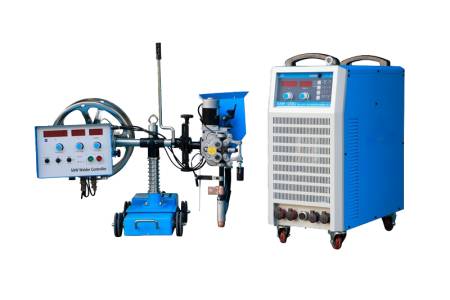
Submerged Arc Welding (SAW) is a highly productive arc welding process ideal for joining thick sections of metal in various applications, from shipbuilding and pipeline construction to the manufacturing of heavy machinery. This process boasts significantly higher deposition rates and deeper penetration compared to other arc welding methods, making it a cost-effective solution for large-scale projects.
How it Works:
SAW utilizes a consumable electrode wire fed continuously into a molten weld pool that's submerged under a blanket of granular flux. This flux performs several crucial functions:
Key Advantages of SAW:
Applications:
SAW's high productivity and excellent weld quality make it ideal for various applications:
Considerations:
Conclusion:
Submerged Arc Welding offers a highly productive and efficient solution for joining thick metal sections, delivering high-quality welds at a competitive cost. Its automation capabilities and deep penetration make it the preferred choice for many large-scale industrial applications demanding speed, consistency, and superior weld quality.